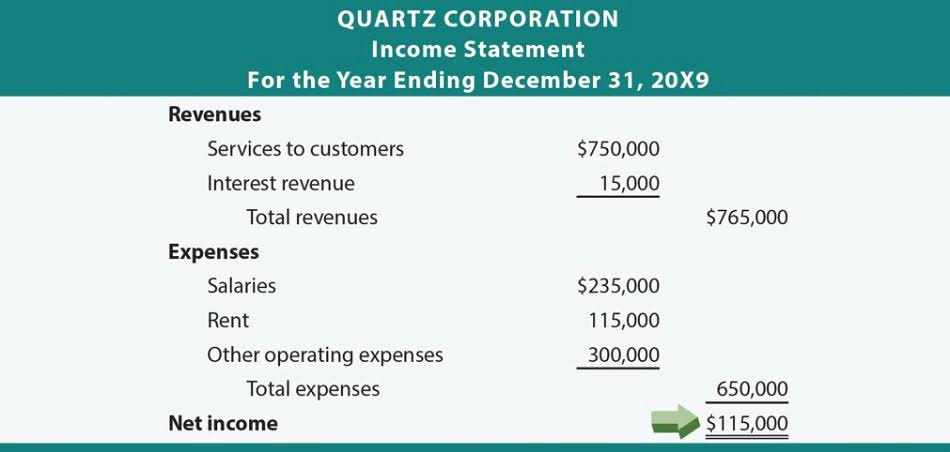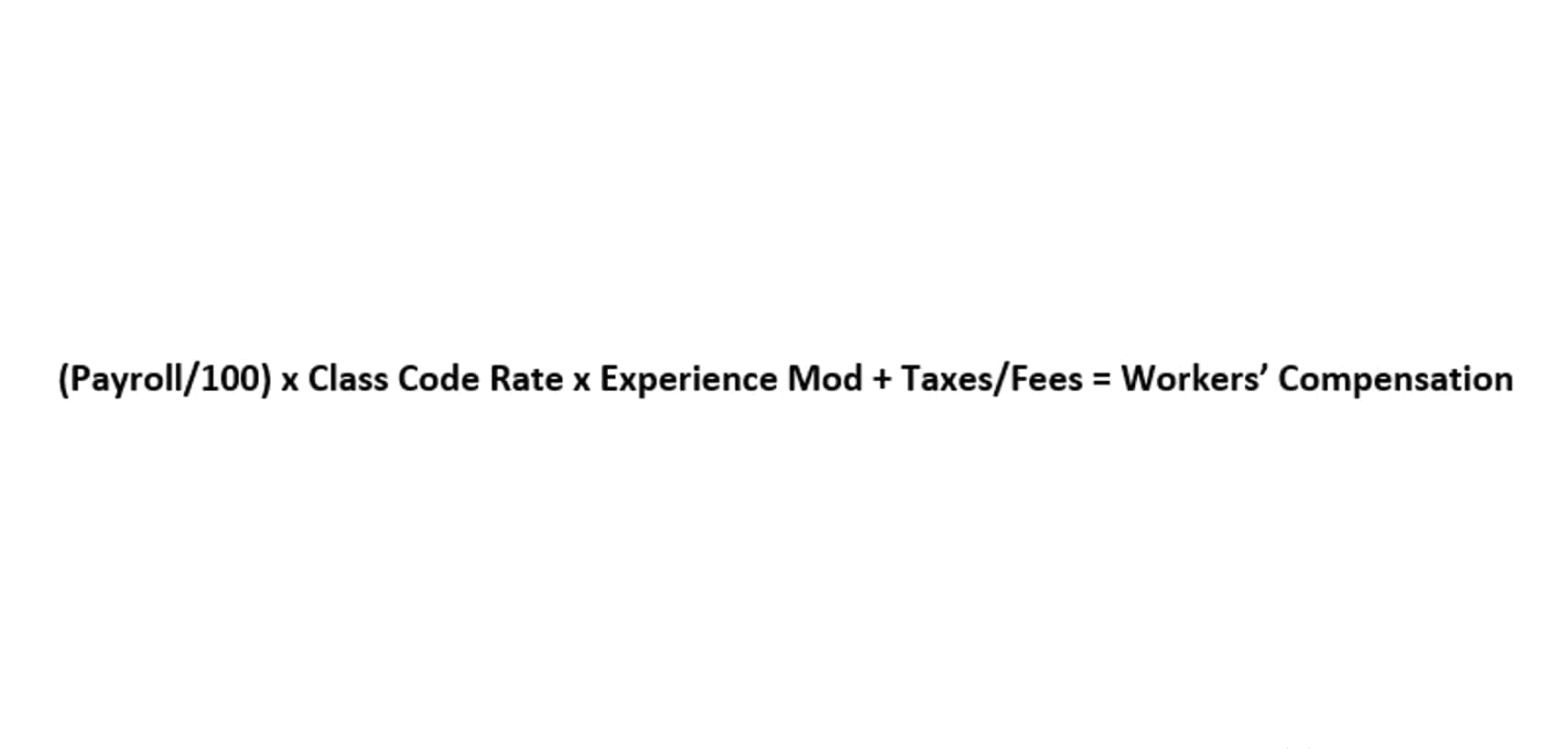
Recall the three components of product costs—direct materials, direct labor, and manufacturing overhead. Assigning these product costs to individual products remains an important goal for process costing, just as process costing with job costing. However, instead of assigning product costs to individual jobs (shown on a job cost sheet), process costing assigns these costs to departments (shown on a departmental production cost report).
Cost of Goods Sold
Or where components must be stocked in a semi-finished stage, operation costing is suitable and used with advantage. Wood and fastener metals are typically added at the beginning of the process and are easily tracked as direct material. Sometimes, after inspection, the product needs to be reworked and additional pieces are added. Because the frames have already been through each https://www.bookstime.com/articles/cash-flow-from-financing-activities department, the additional work is typically minor and often entails simply adding an additional fastener to keep the back of the frame intact. Other times, all the frame needs is additional glue for a corner piece. For example, assume a not-for-profit pet adoption organization has an annual budget of $180,000 and typically matches 900 shelter animals with new owners each year.
Financial and Managerial Accounting
To make sure that all company costs are covered and that the development and accounting teams set a price that ensures a profit, costing is crucial. All of the direct and indirect costs firms incur when producing a good or rendering a service are referred to as production costs. A new “per unit output price” is calculated each time an additional layer of inventory is added. It is then applied to every outbound inventory transaction until the next time the item is bought and received into inventory.
Finished Goods

Without proper guidance and support, it can lead to a lack of direction, coordination, and accountability. It is important for leaders to strike a balance between providing autonomy and ensuring that employees have the necessary resources and support to succeed. It signifies an expansion of the nation’s productive capacity, allowing for a higher level of output and economic growth. In conclusion, plowed back earnings, when invested wisely, can help increase the company’s future earnings potential and, in turn, its value. Therefore, plowed back earnings are considered an essential part of a company’s growth strategy.
The second stage includes filling cleaned and sanitized bottles before placing a cap on each bottle. In the third stage, filled bottles are inspected, labeled, and packaged. Under this system, costs are ascertained after production is completed.
- Several firms within a field or industry use a similar costing system.
- After identifying and calculating the costs, the cost per unit can be determined by dividing the total cost of production by the number of units produced.
- Hence, the percentage of the completion is 80% in respect of the direct material.
- Summarize the physical flow of units and compute the equivalent units for direct materials, direct labor, and overhead.
- It helps to determine each production unit’s actual price, allowing management to make informed decisions about pricing and production.
- This is done by dividing the department’s costs by the units processed.

Table 3.1 “A Comparison of Process Costing and Job Costing” outlines the similarities and differences between these two costing systems. Review these illustrations carefully before moving on to the next section. The similarities between job order cost systems and process cost systems are the product costs of materials, labor, and overhead, which are used determine the cost per unit, and the inventory values. Process costing allocates costs to each production unit based on a predetermined overhead rate.

A manufacturer, for instance, can opt to raise capacity in response to the rise in demand for its product. This necessitates a larger level of investment in plant and equipment. Uniform costing is not a separate or different method of cost accounting. Only members of the industry or trade association may use this technique of cost accounting.
- It must thus use a variety of costing methods to determine the price of its items.
- As a result of this, there is another abnormal gain of 10kg, so 3,810 units are transferred to Process 2.
- Process costing simplifies inventory valuation by tracking the cost of production for each stage and assigning it to the units completed and transferred out, as well as to the units still in process at the end of the period.
- It is discovered by calculating the difference between the asset’s anticipated selling price and all of the expenses related to the asset’s eventual sale.
- Through mutual comparison, standard costs can be established and cost management is secured in the company.
The Price of Happiness: Examining Trade-Offs Between Wealth and Well-Being
Categories of Business Expenses


